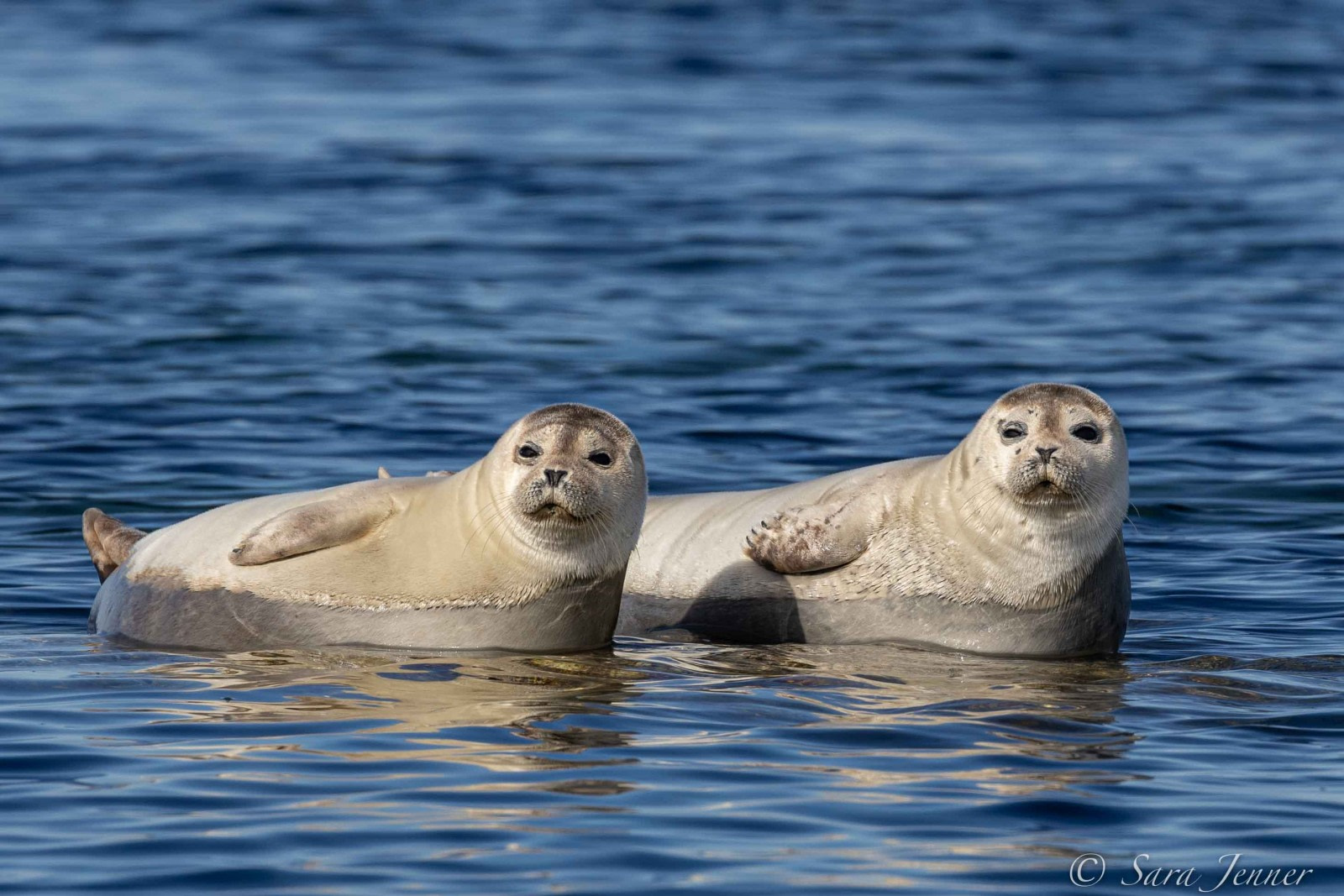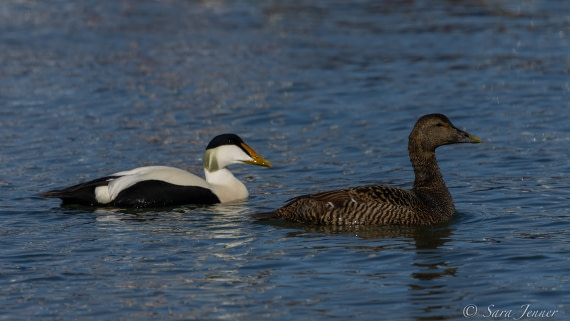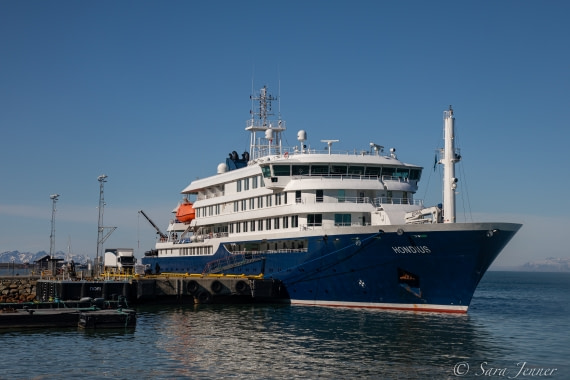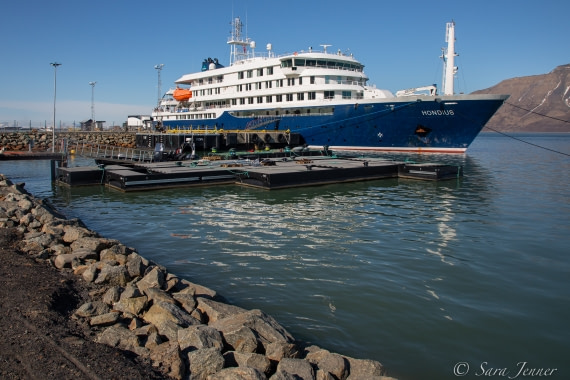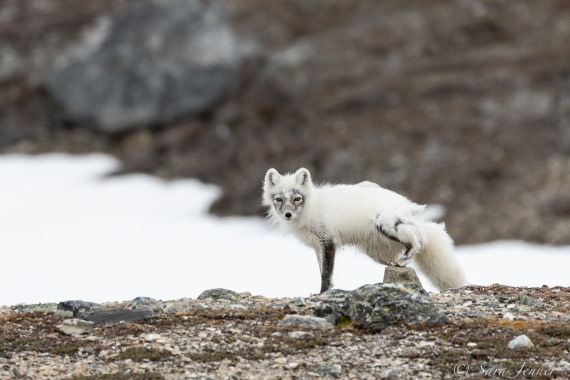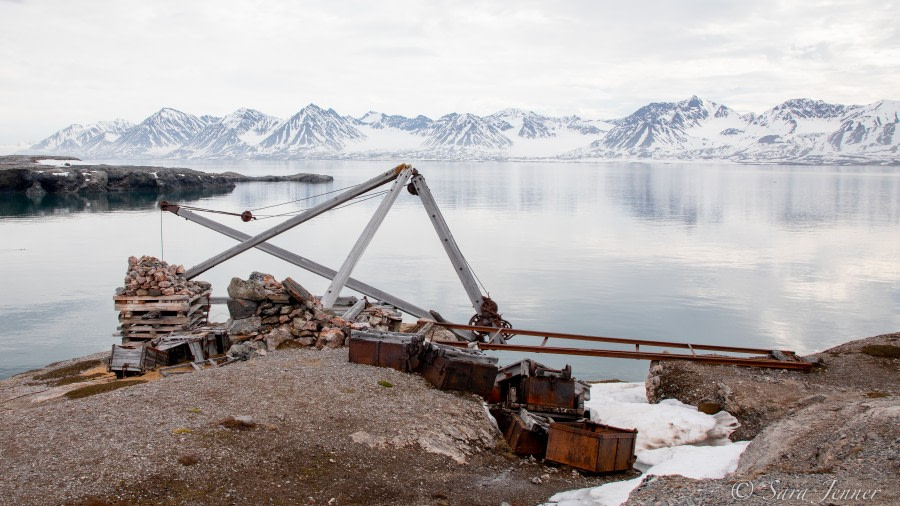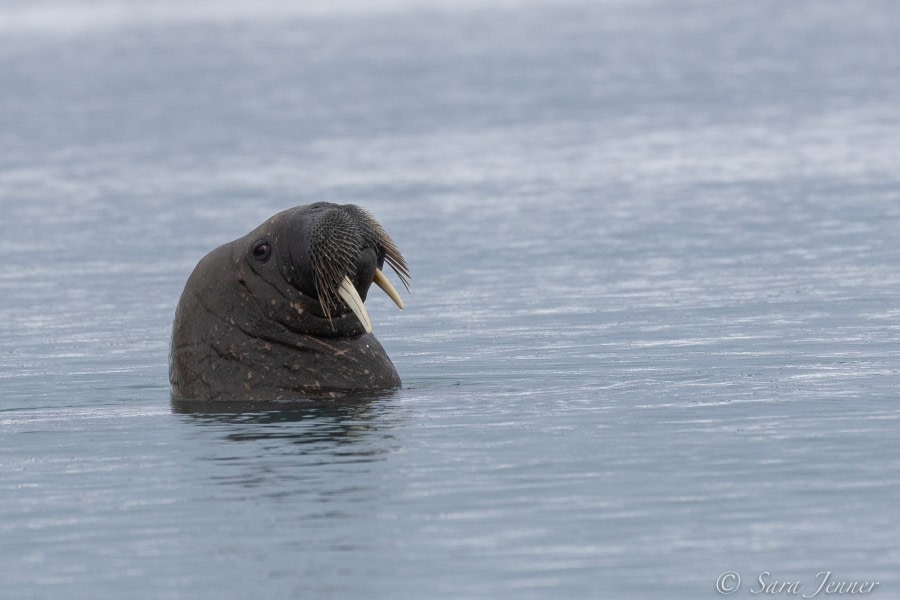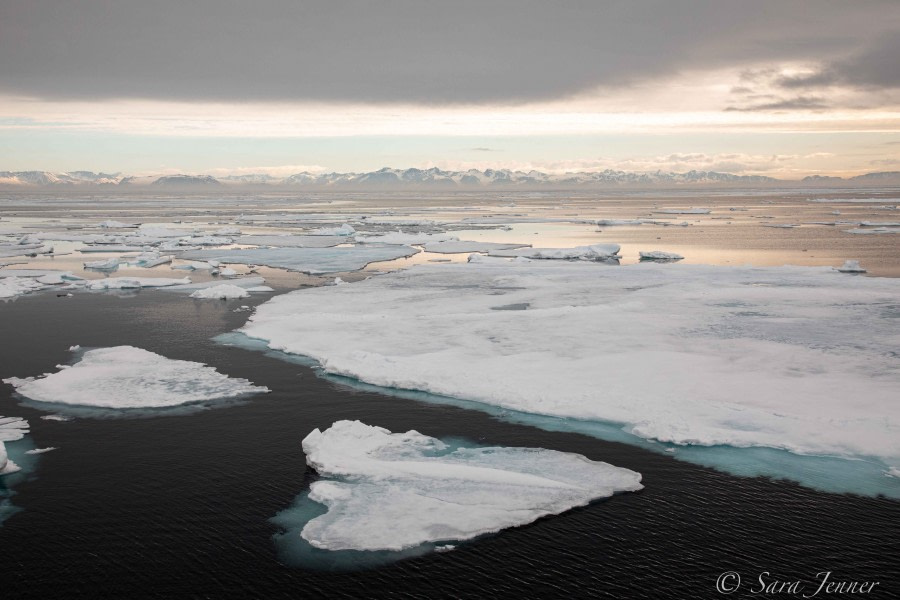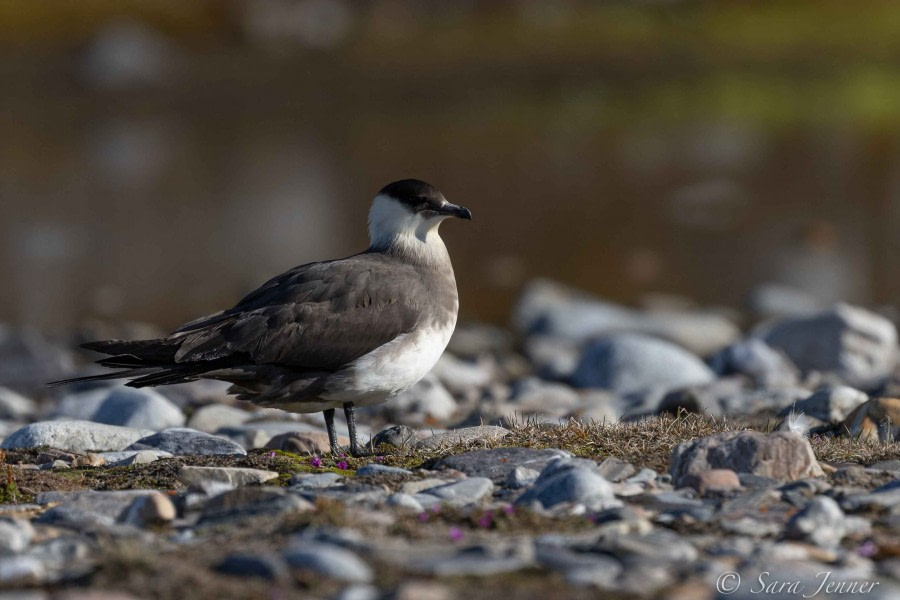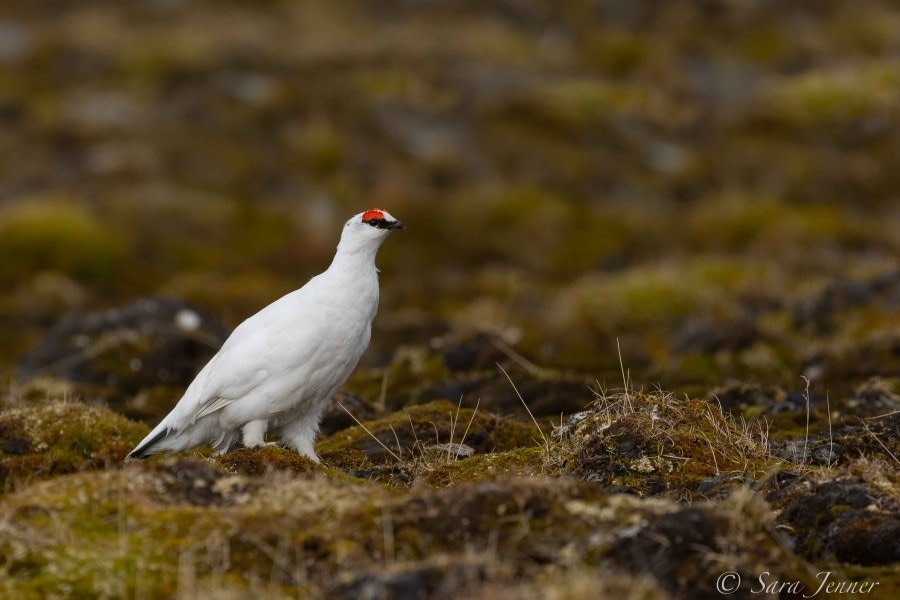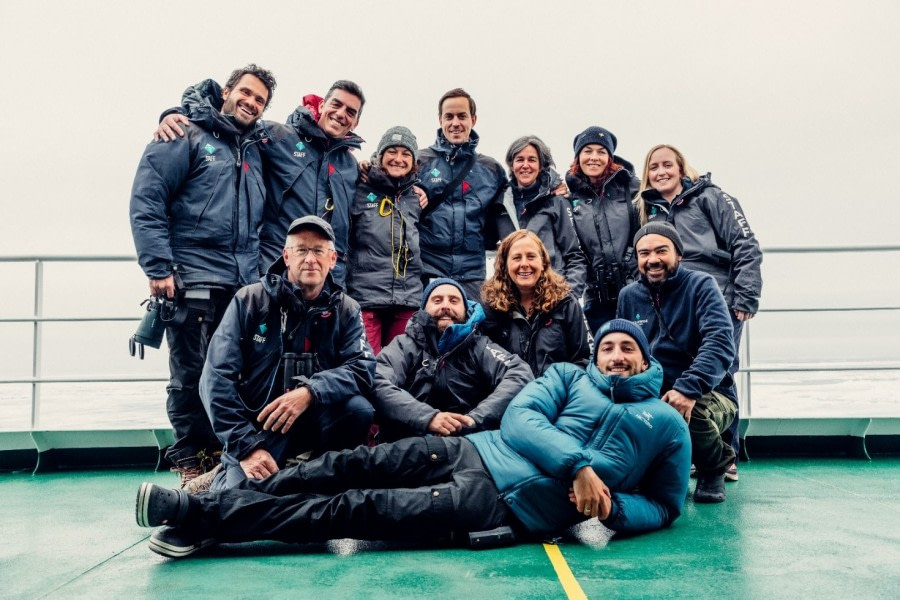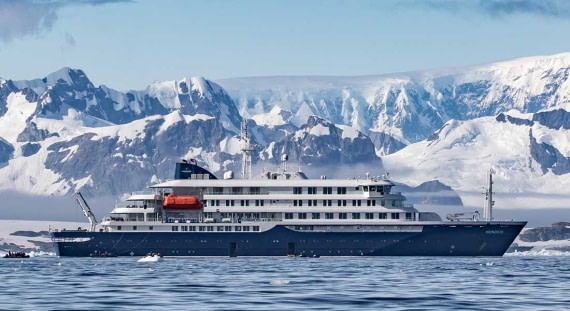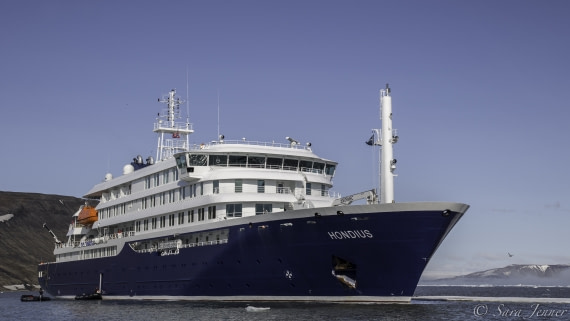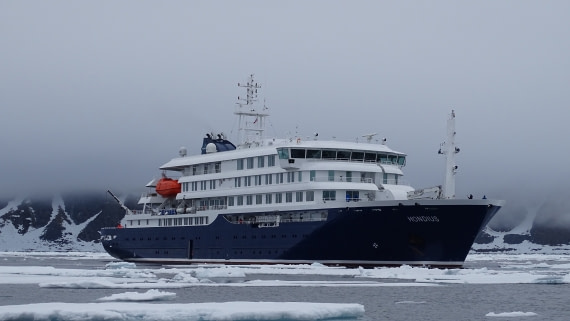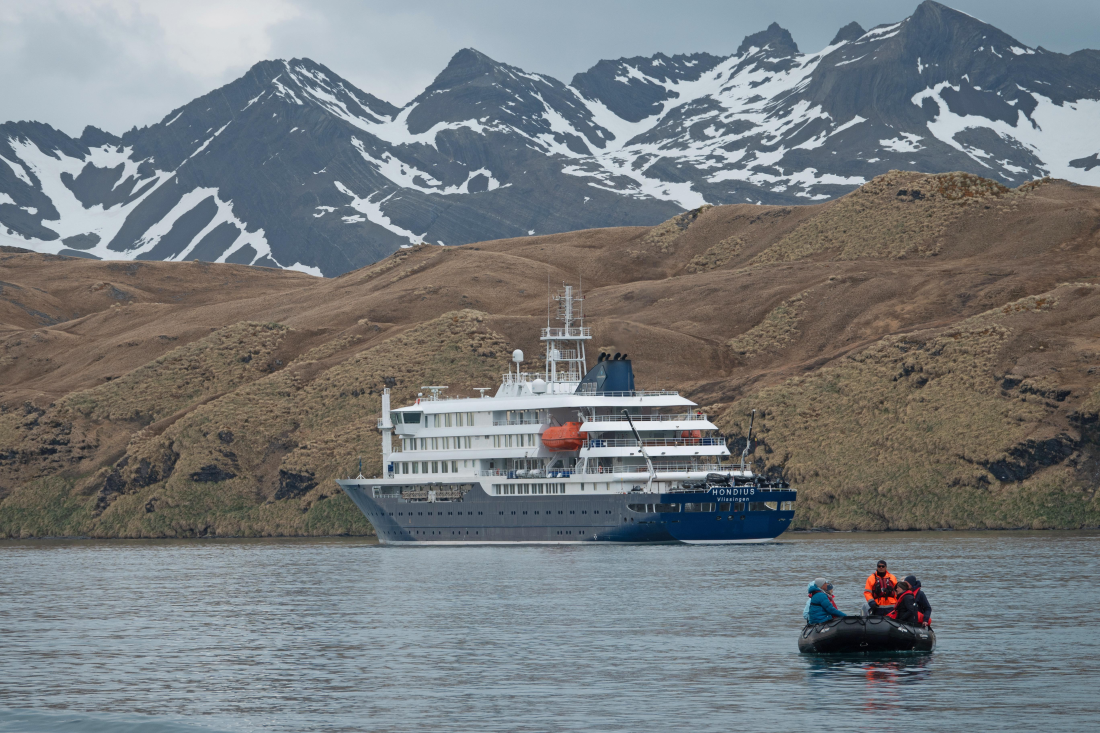| Fecha: | 02.06.2022 |
| Posición: | 78°14.7’ N, 015°37.2’ E |
| Viento: | NW 2 |
| Clima: | Sunny |
| Temperatura del Aire: | +10 |
What a beautiful day to begin our Arctic adventure; cloudless blue sky, bright sunshine and calm waters. Perfect! The Expedition Team lifted luggage aboard and then greeted guests as they walked up the gangway of our lovely ship, M/V Hondius. Many guests explained they had been due to make this trip a couple of years ago, but unfortunately due to the covid pandemic it had to be rescheduled. So, you can imagine the excitement everyone was feeling to be finally starting this expedition after a long wait! With guests and their luggage happily aboard Expedition Leader (EL) Eduardo, and Chief Officer Diederik commenced the mandatory ship safety briefing at 17:30pm. Dr Rogier Steins also introduced himself; he too had been scheduled to come on board a few years ago so shared the guest’s joy at being on board! During the safety briefing guests were shown how to put on life jackets and shown the floatation suits which are stored in all cabins for use in an emergency situation. As part of the briefing an abandon ship alarm was sounded so we all made our way to our muster stations, either in the Observation Lounge (station B) or Restaurant (station A). Once all guests had arrived wearing their lifejackets correctly, we proceeded to the lifeboat boarding area on deck 6. We were directed to our lifeboats and given further information by Second Officer Kirill Buriachek and Third Officer Don Buren, who would be the masters of these vessels in the (very unlikely) event of us having to use them. Afterwards, at 18:15pm, guests received a welcome and orientation briefing from our Hotel Manager William and EL Eduardo. Our bird list, beginning from our time of departure from the port in Longyearbyen, already included Common Eider, Black-legged Kittiwake and Black Guillemot. Soon after leaving we started to see Northern Fulmar, notably much darker than those seen further south; most of the birds encountered around Spitsbergen have the blue colour morph of plumage, giving them a smoky grey-blue appearance. After the important matter of dinner time (a wonderful buffet provided by head Chef Ralf and his team) it was time for the third and final briefing of the evening, a video presentation from AECO (the Association of Arctic Expedition Cruise Operators) which informs visitors regarding correct behaviour towards the environment, people and wildlife of the Arctic. After a day of travel and lots of important information many of us headed to bed to be well rested for our first full day of expedition tomorrow. At 23:00pm the handful of guests still awake were lucky enough to see two Blue Whales! The ship slowed to assess their direction of travel. Large whales are at risk of ship strike so it is vitally important we take their movements into account. Thankfully, the animals remained at a safe distance and they were heading in the opposite direction to us at speed. There was no way we could have slowed or repositioned to get a better view of them; the blue whale is capable of a top speed of 28mph (45kmh) in short bursts (but more regularly cruise along at 1-5mph). Our ship’s top speed is nearer to a maximum of 17mph (27kmh) which gives you an idea of just how fast these whales are, despite being huge!
